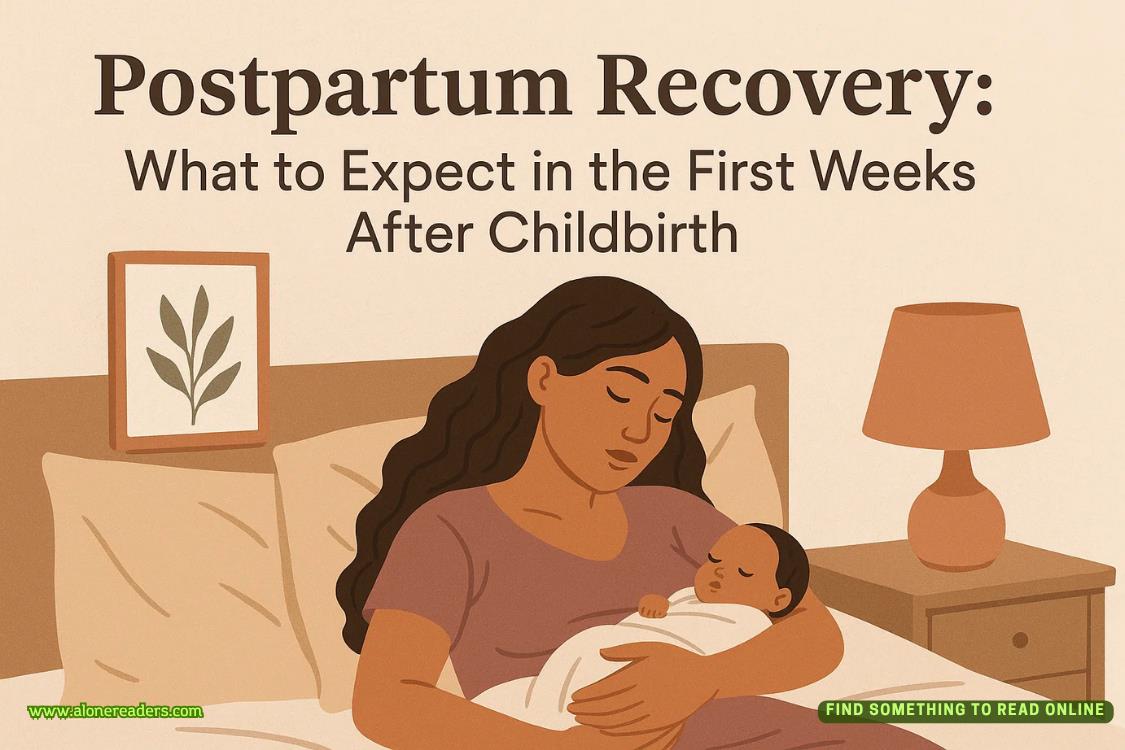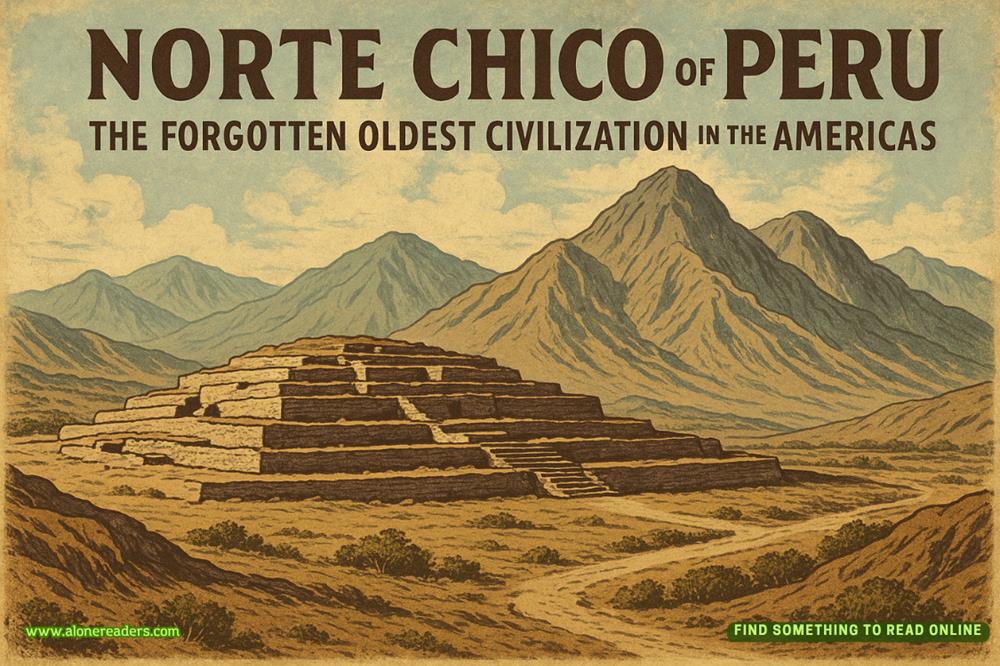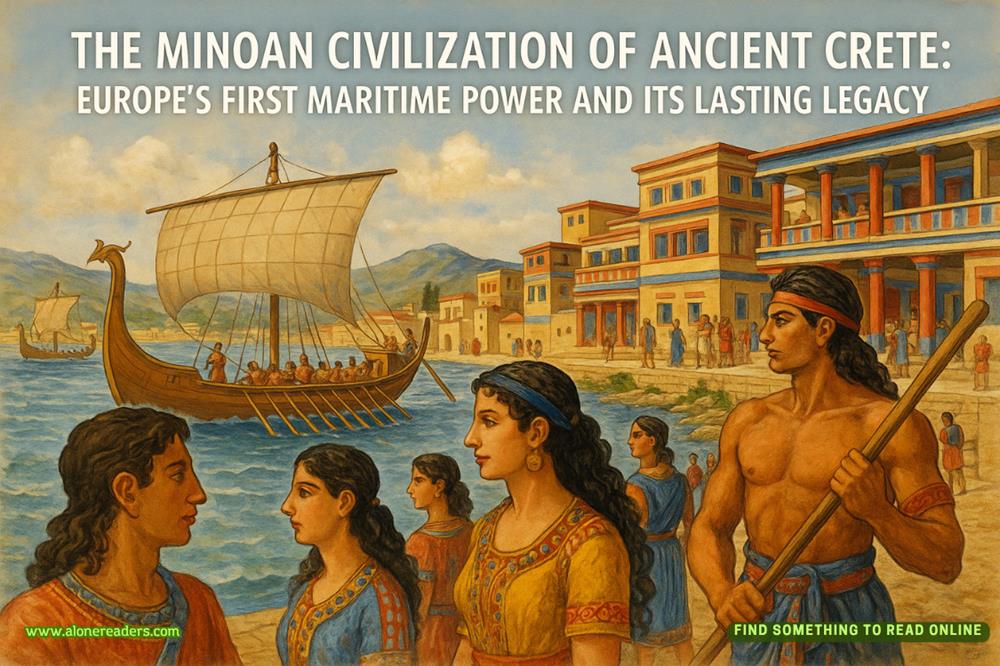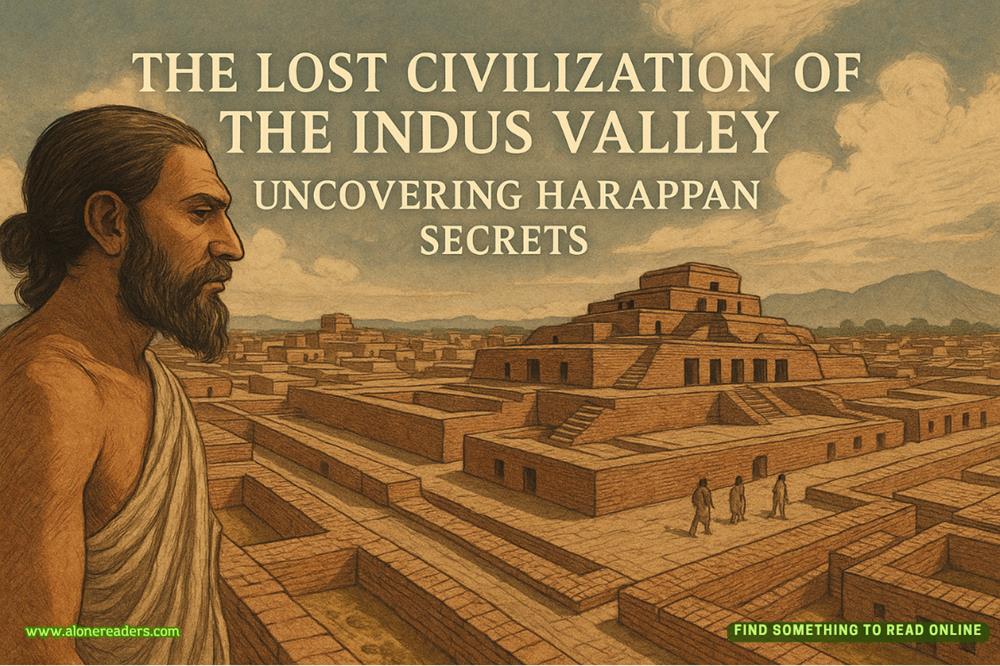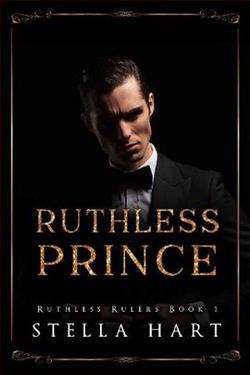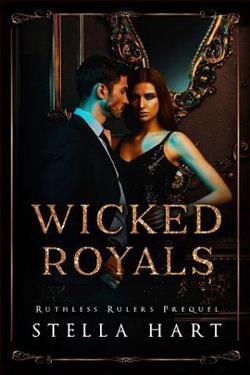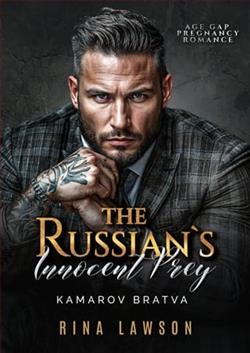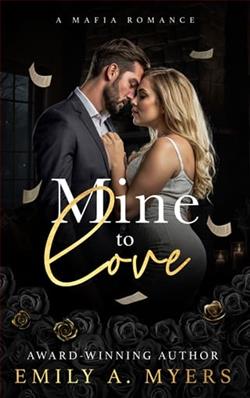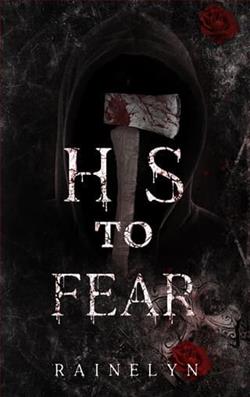Page 28 of Hang on St. Christopher
“So you see, sir, if our victim was getting a lot of phone calls from a phone box on Point Road in Dundalk, it’s very suspicious indeed,” I said.
“Could he have been working for the IRA in some capacity?” McArthur asked.
“He could indeed,” I replied, pleased to see that he was finally catching on.
“Doing what?”
“Money launderer, quartermaster, forger—anything at all, really.”
“And so you’re thinking there might be more to this carjacking than meets the eye.”
I bloody did at that.
I patted the chief inspector on the shoulder. “Well, let’s not jump to conclusions. It’s something to bear in mind, though. Let’s check out this burned-out Jag first.”
CHAPTER6
THE BURNED-OUT CAR
We drove up the North Road to the Glenfield Estate, where we found a couple of forensic men I didn’t know doing their last bit of work on the torched Jaguar. The car was a real mess—beautiful like an abstract sculpture or some great prehistoric beast. J. G. Ballard would have bloody loved it.
I pulled the Beemer behind the vehicle. Fire brigade foam was still blowing around the street, and there was the usual crowd of gawkers.
“I’d be very surprised if we get any solid forensic data out of that,” I said, killing the engine.
Crabbie nodded and started filling his pipe again, which reminded me to take a hit on my asthma inhaler. I’d given up the smokes for two years now and my lungs were doing much better, but I still had to take the odd dose of Ventolin.
“Where are we?” McArthur asked, looking around him like a frigging tourist.
“Glenfield, sir,” I replied.
“Don’t think I’ve been here before,” he said.
This was an odd part of Carrickfergus. In theory, it could have been cute up here. As the crow flies, we were just half a kilometer from my manor, Victoria Estate, but this was much more rural. Two lanes leading deep into the Irish countryside ran through the neighborhood, and a really quite lovely wood and river dominated the eastern part of the housing development. The houses were concrete-and-brick jobs built after a slash-and-burn operation in the countryside, but they weren’t bad houses. Despite all that, it was a pretty bad hood. From the graffiti, it was obvious that the place was overrun with Loyalist gangs, particularly the UVF. American evangelical churches also had sprouted like toadstools, and there were several such places: the Elim Church of God, the Church of the Nazarene, the Church of the Living Christ. There were also a few bunker-like newsagents and a bookie’s.
I got out of the car and turned up the collar of my jacket.
“Look at that,” Crabbie said with disgust, pointing down the street.
At the junction of Carson Avenue and the Marshallstown Road, a Confederate battle flag and some kind of Waffen SS flag were being displayed from a telegraph pole.
“That’s, er, a Nazi flag, is it?” the chief inspector said.
“I think so.”
“Dispiriting,” the chief inspector said glumly.
I looked at the burned-out Jag and talked to the FOs, but they’d found nothing. The car had apparently been swept clean of anything incriminating and then had been set on fire with the accelerant.
“What does one do now?” McArthur asked.
“We canvass for witnesses,” I said.
A gang of children had gathered around the charred Jag skeleton, and Crabbie and I went through them asking if any of the wee shites knew who had dumped this vehicle in the first place. No one had seen anything. We knocked on doors, but the Belfast omertà held sway everywhere. No one knew where the car had come from; no one had seen who torched it; no one saw which direction the hijackers had fled.
Crabbie and I examined skid marks on the road next to the burned-out vehicle.
“This is interesting,” I said.



